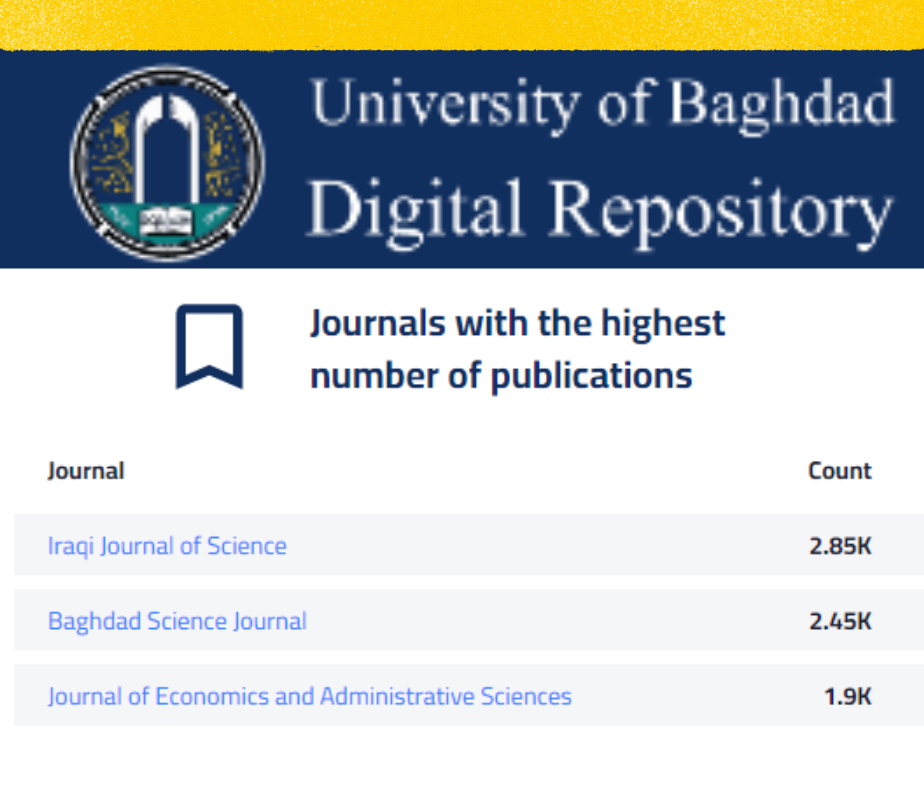Banking liquidity and the possibility of invested it in enhancing the solvency For a number of commercial banks in Iraq
DOI:
https://doi.org/10.33095/jeas.v26i119.1887Keywords:
banking liquidity, solvencyAbstract
The primary function of commercial banks is the process of converting liquid liabilities such as deposits to illiquid assets, (also known as a loan), liquid assets, (aka cash and cash equivalent) in a balanced manner between liquid and illiquid assets, that guaranteed the preservation of the rights of depositors and the bank and not by converting liquid liabilities into liquid assets in a very large percentage. This comes from its role as depository and intermediary institutions between supply and demand, therefore, we find that the high indicators of bank liquidity and solvency may reflect a misleading picture of the status of commercial banks, to some extent in terms of the strength of their balance sheets and their adherence to the instructions and standards of the Central Bank. Are these indicators result from optimal policies of these banks, are they confused policies, or are they as a result of the situation of the prevailing local economy? Thus, the bank's liquidity is deemed as the backbone of the bank's work, in fact, bank's work depends on it, since it Reflected the status of solvency, sustainability, and continuity, Consequently, this importance led us to choose the subject of the study.
For the purpose of identifying this problem and try to find solutions for it, this study aimed to identify the possibility of investing banking liquidity in order to enhance the solvency of commercial banks. This study was conducted on a sample of Iraqi commercial banks, included three banks, of which two private banks and a government bank, and for the period from 2011 to 2017, in order to identify the nature of investment and credit policies of these banks and analyze their strengths and weaknesses, as well as their roles in enhancing their solvency. The study relies on the combination of inductive and deductive approaches. In addition, the study depends on the descriptive-analytical approach in analyzing the taken data and information of the governmental and private banks from the official bodies, Central Bank of Iraq, and the Iraqi Stock Exchange. At the end of the study, the researcher has reached a number of conclusions, and this includes that the public and privet commercial banks suffer from limited credit and investment activity, which caused high liquidity and liquid assets at the expense of other assets at banks, Naturally, this means the accumulation of non-income liquid funds which significant have an impact on its solvency, and formed "phantom financial solvency", This result reflects the fear of these banks to Employ their liquidity in fields of investment and credit, Involves some type of risk.
Downloads
Published
Issue
Section
License

This work is licensed under a Creative Commons Attribution-NonCommercial-NoDerivatives 4.0 International License.
Articles submitted to the journal should not have been published before in their current or substantially similar form, or be under consideration for publication with another journal. Please see JEAS originality guidelines for details. Use this in conjunction with the points below about references, before submission i.e. always attribute clearly using either indented text or quote marks as well as making use of the preferred Harvard style of formatting. Authors submitting articles for publication warrant that the work is not an infringement of any existing copyright and will indemnify the publisher against any breach of such warranty. For ease of dissemination and to ensure proper policing of use, papers and contributions become the legal copyright of the publisher unless otherwise agreed.
The editor may make use of Turnitin software for checking the originality of submissions received.













 How to use the OJS system
How to use the OJS system 











